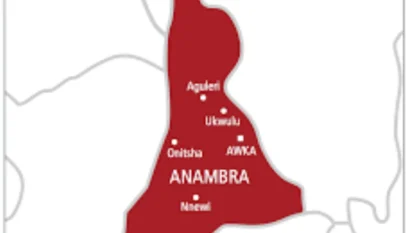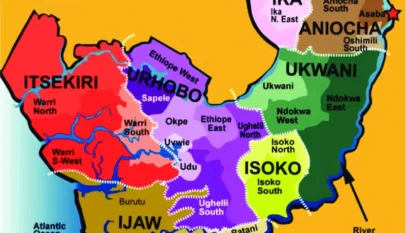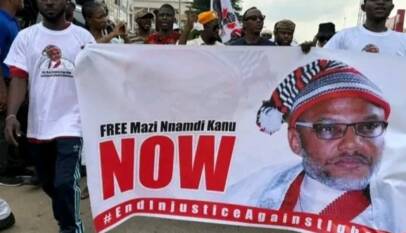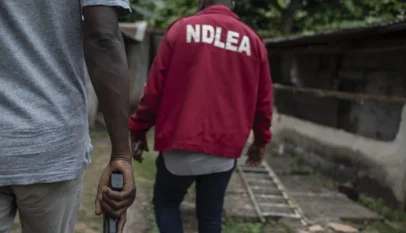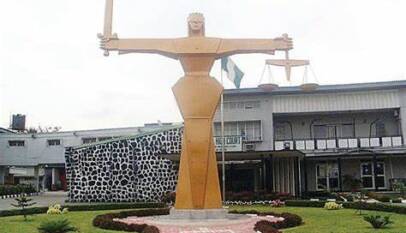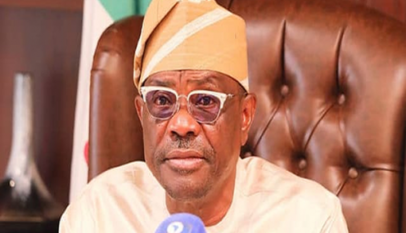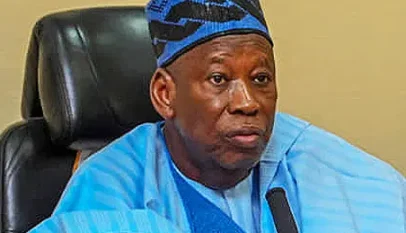By Deborah Nnamdi
The Deputy Chief Whip of the Senate and Senator representing Ebonyi North, Senator Peter Onyekachi Nwebonyi, has strongly condemned the alleged harassment and public humiliation of Mr. Michael Eje, an Ebonyi native, by youths in Nkpor, Anambra State, over the reported killing of a sacred snake.
In reaction to a viral video on social media, Senator Nwebonyi described the incident as “barbaric” and urged the Anambra State Government, led by Governor Charles Soludo, to publicly denounce the act and take urgent measures to prevent such incidents from recurring.
The disturbing footage shows Mr. Eje being paraded, beaten, and mocked for killing a snake regarded as sacred by the local community. The senator expressed disbelief that such a dehumanizing act could occur in modern times, especially in response to what he called a natural act of self-defense.
“I find it incomprehensible that a man could be subjected to such a harrowing ordeal simply for killing a snake that threatened his safety,” Nwebonyi stated.
He called on Governor Soludo to treat the matter with the same urgency as the recent renaming of Abakaliki Street in Awka. The senator also instructed Chief Moses Ofoke, Chairman of the Ebonyi State Indigenes Association in Anambra, to meet with the victim and his wife to gather firsthand information for necessary intervention.
Mr. Eje, a native of Onueke in Ezza South LGA, Ebonyi State, said he encountered the snake while working at a construction site. The snake, hidden under old blocks, lunged at him, prompting him to kill it in self-defense. He stated he was unaware of any local taboo against killing snakes, as no such warning had ever been communicated to him.
Eje and his wife recounted the trauma of the incident, revealing that he was beaten, forced to sing dirges for the snake, paraded through the streets, and later fined N50,000.
Expressing gratitude for Senator Nwebonyi’s swift response, Eje called for justice and urged authorities to safeguard the rights of residents—especially non-indigenes—living in Anambra communities.



